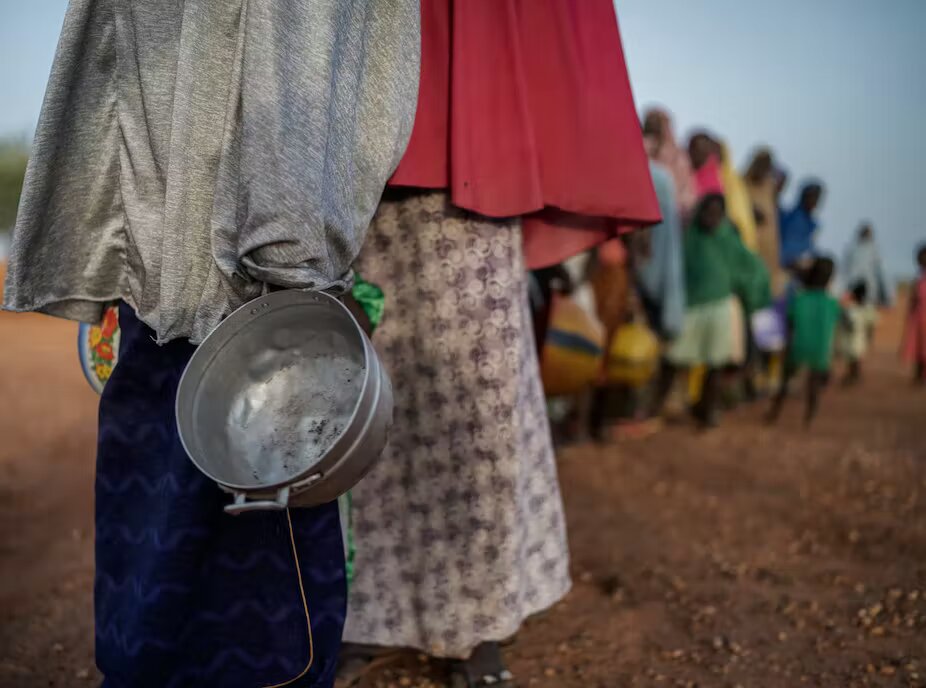More than half of Kenyan households sleep hungry over decrease in income

The number of family members going hungry per household in the country increased by more than 16 per cent by end of June this year, according to a World Bank report capturing Kenya’s economic condition in 2022.
World Bank report indicates that since November 2021–March 2022, the share of Kenyan households with members going without a meal in the past 30 days jumped from one-third to more than half in June 2022. The increase points impact of sky-high inflation that has been rising for nine consecutive months since last March, thus dwarfing households’ purchasing power amid worrying food insecurity levels in the country.
“Most cited reasons include an increase in prices (89 percent) and a decrease in income (66 percent). As a result of food insecurity, child malnutrition, as expected, increased,” World Bank states in the report.
Staple foods
Further, the share of households unable to access staple foods increased to 49 per cent, with those in rural areas and drought-hit regions the most affected. World bank reckons that more than half of households in Kenya had to cut back their food consumption in June 2022 to cope up with the shocks.
It is projected that consumption growth is likely to be dampened in the near term due to below-average agricultural harvest, high inflation affecting real incomes, and tighter monetary policy.
Lack of raw materials, biting drought, and trade tiff between Kenya and its East African neighbours have seen the prices of consumer goods hitting new records in recent months, worsened by the Russia-Ukraine tension, which hampered supply chains.
The cost of living declined marginally by 0.1 per cent to 9.5 per cent end of November but still remain beyond the reach of the majority of Kenyans. The government is still struggling to bring back inflation within the preferred range of between 2.5-7.5 per cent, with the central bank of Kenya anticipating that the cost of living can only start easing in the first quarter of next year.
Food, energy costs, and transport account for about 57 per cent of the shopping basket for Kenyan households, indicating that it has the biggest impact on fluctuating prices and families’ buying power whenever inflation surge.
The decline in food consumption comes at a time when firms in Kenya are witnessing reduced profitability that has halted hiring, stagnated wage increments, and introduced job cuts to protect their working capital.
Employment rate by Kenyan firms dropped in August for the third time in four months since April due to a drop in output and new orders in the private sector, according to Stanbic Bank Kenya’s Purchasing Managers Index (PMI).
With job cuts, it implies that those depending on the employed members in every household is rising, further pilling pressure on their limited salaries hence the need to cut their spending and consumption patterns.
The global recession anticipated in 2023 could even see more businesses trim their workforce in the coming months due to slumped earnings. President William Ruto has already begun attempts to implement his pro-poor economic model that aims to channel resources to areas that are capable of creating jobs and boosting household incomes.















